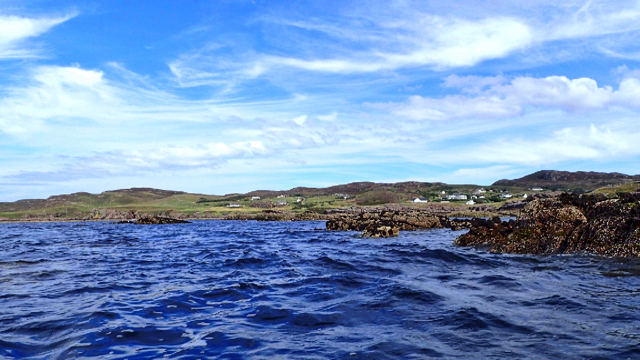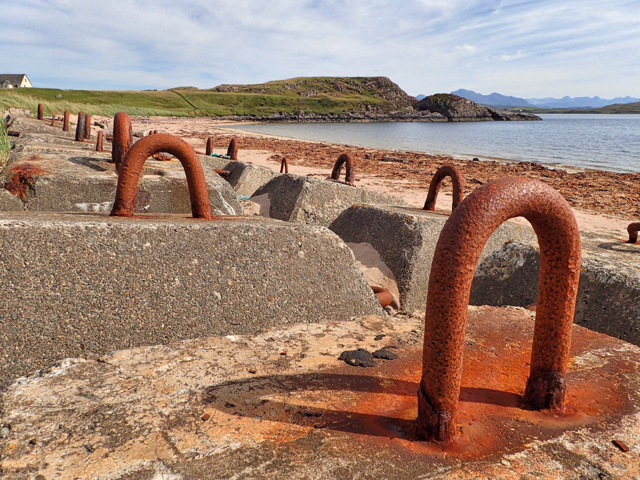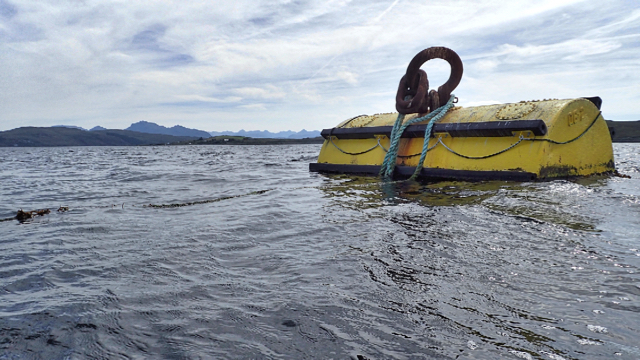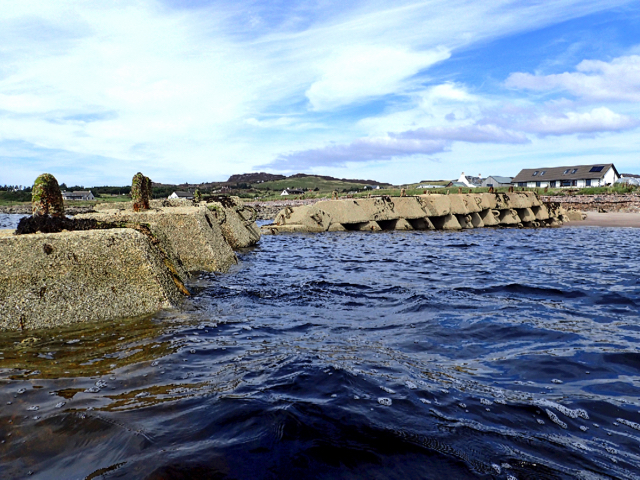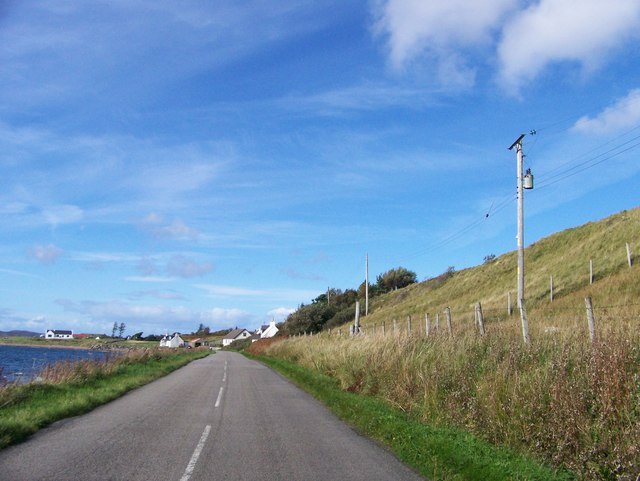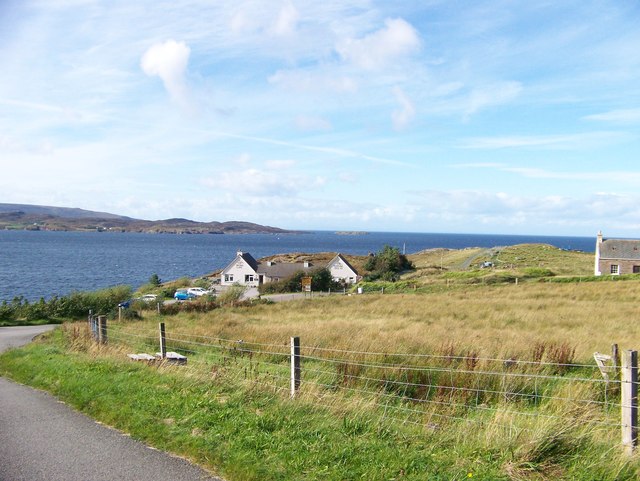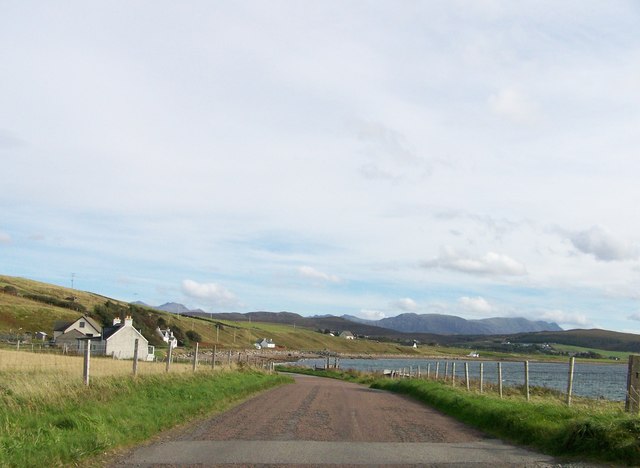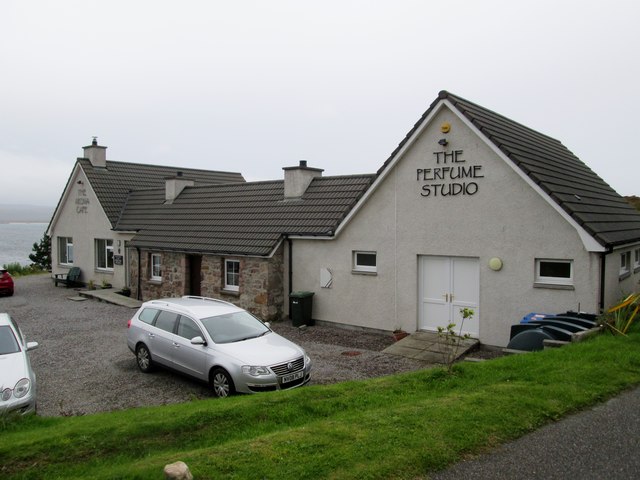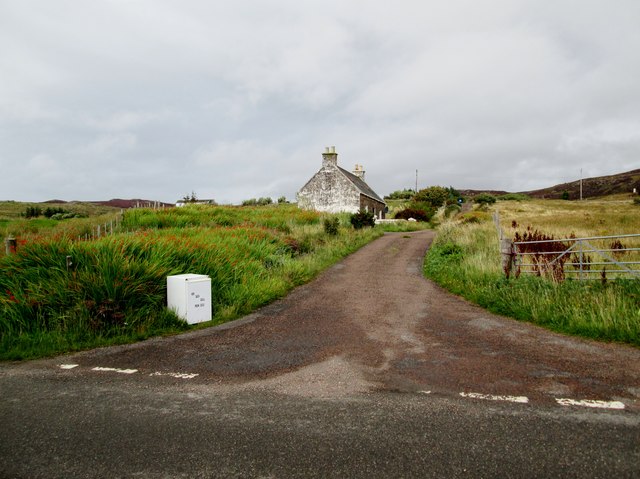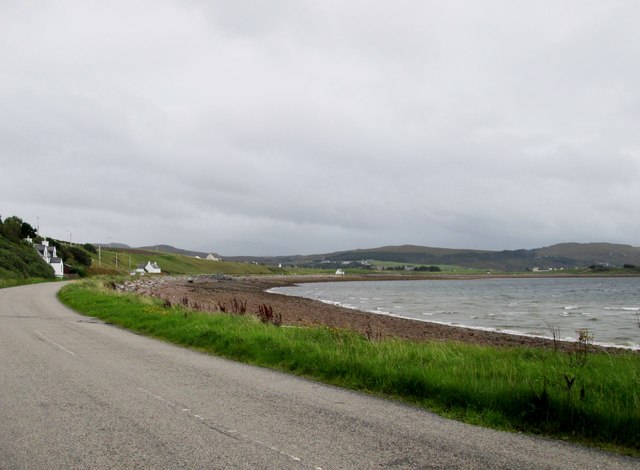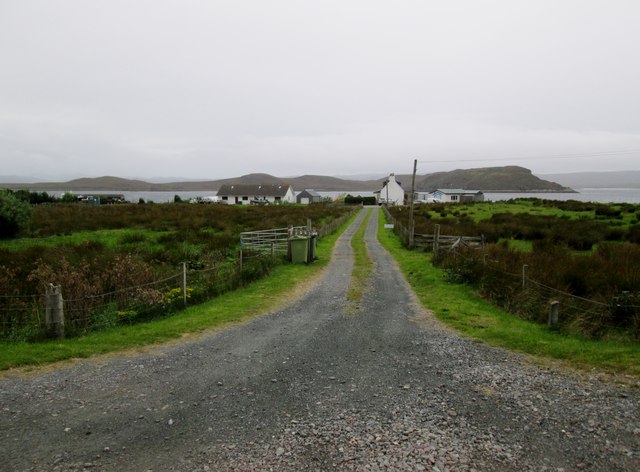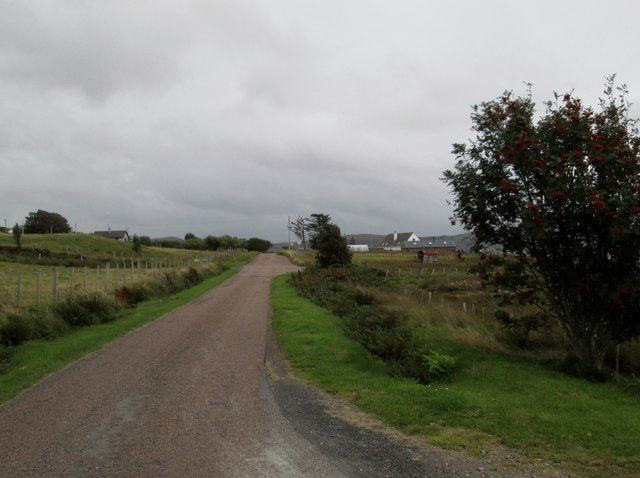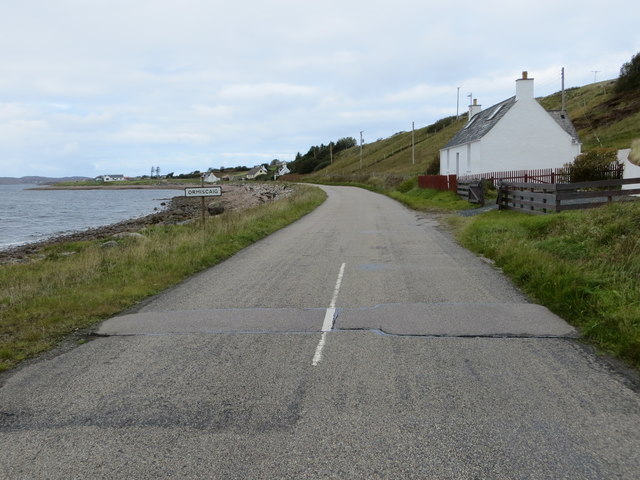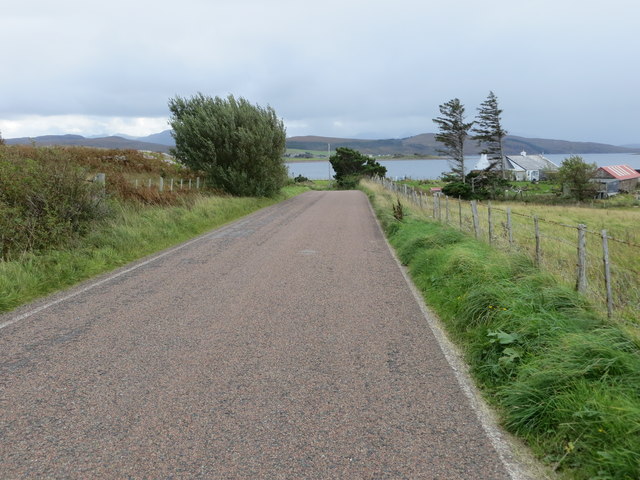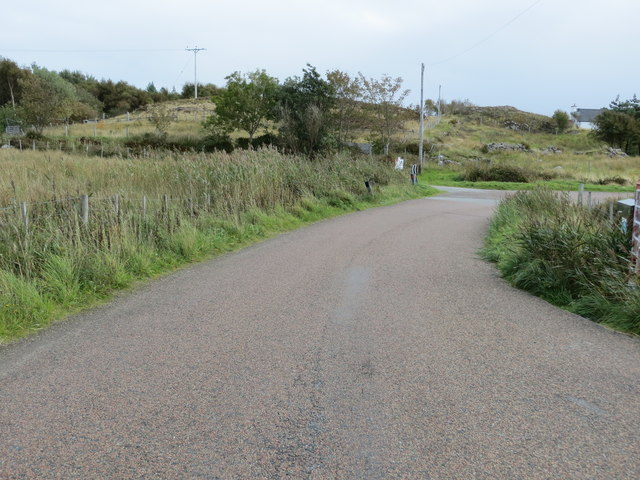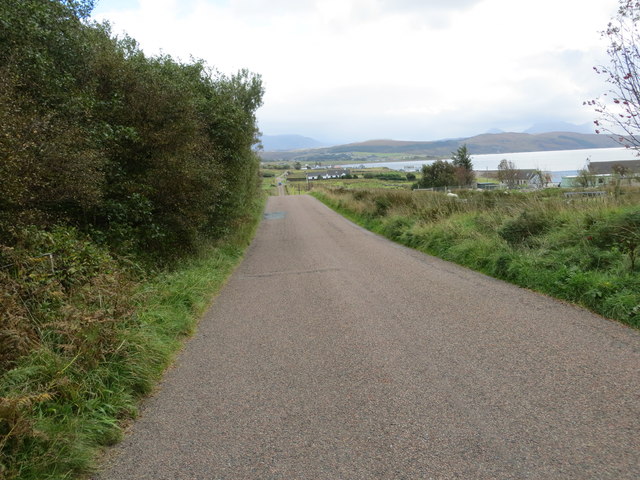Geodh' an Ime
Coastal Feature, Headland, Point in Ross-shire
Scotland
Geodh' an Ime
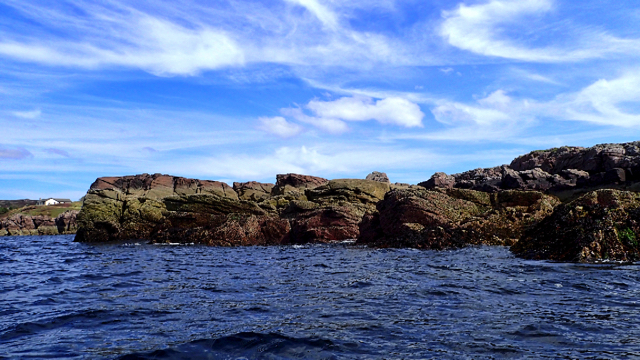
Geodh' an Ime is a prominent coastal feature located in Ross-shire, Scotland. It is known for its stunning views, rugged cliffs, and unique geological formations. Geodh' an Ime is a headland that extends into the North Atlantic Ocean, forming a distinctive and picturesque point along the coastline.
The headland is composed of a mix of sandstone and conglomerate rock, which creates an interesting contrast in color and texture. The cliffs that surround Geodh' an Ime are tall and dramatic, reaching heights of up to 100 meters in some areas. These cliffs are a result of years of erosion by the powerful waves of the Atlantic Ocean.
The headland provides a habitat for a variety of wildlife, including seabirds such as puffins, gannets, and fulmars. The surrounding waters are home to a diverse range of marine life, including seals and dolphins, which can often be spotted from the cliffs.
Geodh' an Ime is a popular destination for nature enthusiasts and hikers due to its breathtaking scenery and opportunities for coastal walks. The headland offers panoramic views of the surrounding coastline, with the rugged cliffs and crashing waves creating a dramatic backdrop.
Visitors to Geodh' an Ime are advised to take caution when exploring the area, as the cliffs can be steep and unstable. It is recommended to wear appropriate footwear and to stay on designated paths to ensure safety.
If you have any feedback on the listing, please let us know in the comments section below.
Geodh' an Ime Images
Images are sourced within 2km of 57.847386/-5.6333354 or Grid Reference NG8489. Thanks to Geograph Open Source API. All images are credited.
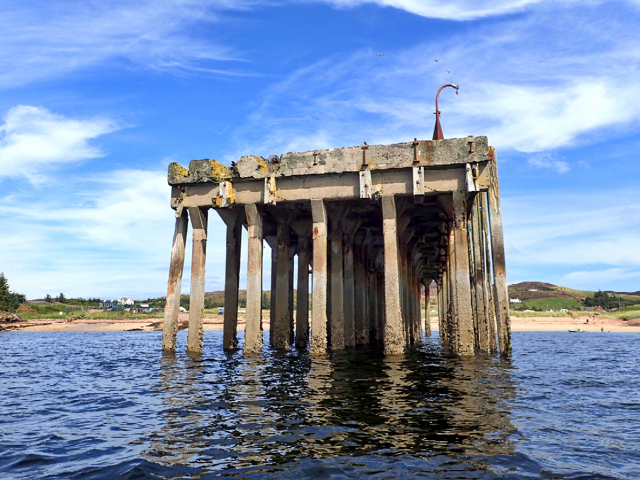
Geodh' an Ime is located at Grid Ref: NG8489 (Lat: 57.847386, Lng: -5.6333354)
Unitary Authority: Highland
Police Authority: Highlands and Islands
What 3 Words
///homes.nudge.rushed. Near Gairloch, Highland
Related Wikis
Mellon Charles
Mellon Charles (Scottish Gaelic: Meallan Theàrlaich) is a remote crofting village on the north east shore of Loch Ewe near Gairloch in Wester Ross, in...
Ormiscaig
Ormiscaig (Scottish Gaelic: Ormasgaig) is a remote crofting village on the north east shore of Loch Ewe in Achnasheen, Ross-shire, Scottish Highlands and...
Loch Ewe
Loch Ewe (Scottish Gaelic: Loch Iùbh) is a sea loch in the region of Wester Ross in the Northwest Highlands of Scotland. The shores are inhabited by a...
Isle of Ewe
The Isle of Ewe (Scottish Gaelic: Eilean Iùbh) is a small Scottish island on the west coast of Ross and Cromarty. The island is inhabited by a single family...
Nearby Amenities
Located within 500m of 57.847386,-5.6333354Have you been to Geodh' an Ime?
Leave your review of Geodh' an Ime below (or comments, questions and feedback).
